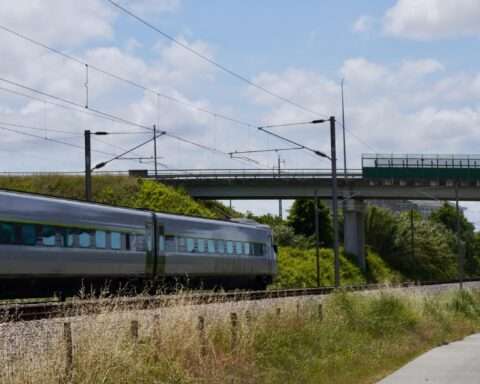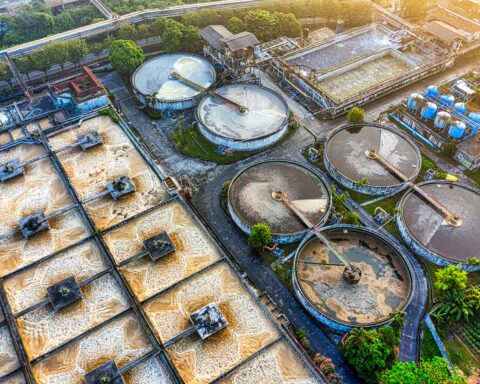The U.S. Department of Transportation is releasing $653 million to support 41 projects at key ports nationwide to increase the movement of goods while strengthening the supply chain, creating jobs and protecting the environment.
Part of the funding comes from the Bipartisan Infrastructure Law (BIL), which allocates $450 million annually to the Maritime Administration’s Port Infrastructure Development Program. For fiscal year 2023, an additional $212.2 million comes from the Consolidated Appropriations Act of discretionary funds.
Criteria for funding included reviewing how the projects would safely, efficiently and reliably move goods; improve resiliency to future economic challenges; increase economic viability; and maintain environmental quality and sustainability.
The six ports receiving the most funding are located in:
- Tacoma, Washington, $54.23 million: The initial expansion of the Port of Tacoma Husky Terminal includes increased truck circulation and adds refrigerated containers with new power supply.
- Long Beach, California, $52.63 million: The North Harbor Transportation System Improvement Project adds a third track to the Dominguez Channel Bridge and relocates and upgrades roadways and utilities.
- Wilmington, Delaware, $50 million: The Edgemoor Container Terminal project builds an all-electric container yard and new buildings, including a 100,000-square-foot warehouse and inspection area.
- Baltimore, Maryland, $47.39 million: The Baltimore County Offshore Wind Manufacturing Hub project includes improvements to handle cargoes carrying heavy loads and addresses environmental issues.
- Cold Bay, Alaska, $43.38 million: The project replaces the community’s only dock to accommodate commercial and private vessel uses as well as for emergency medical services and public transportation.
- Norfolk, Virginia, $39.27 million: The Norfolk Offshore Wind Logistics Port project converts existing facilities to handle heavy cargo and builds a floating pier for personnel and light cargo.
Part of the overall funding is set aside for smaller ports. For fiscal year 2023 about $172.8 million goes toward 26 smaller ports to strengthen local and regional economies.
The federal government is funding other initiatives to improve the operations of ports, including through the Clean Ports Program. That program aims to address public health and environmental impacts ports have on residents and surrounding areas. The Environmental Protection Agency is funneling $3 billion for zero-emission equipment and technology and creating plans to reduce pollution at ports.
Additionally, the BIL includes nearly $17 billion earmarked for ports and waterways for repairs, maintenance and reducing congestion to keep goods moving.
Photo by Thorsten Lindner, courtesy of Creative Commons













